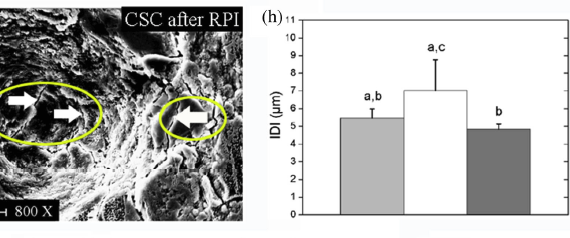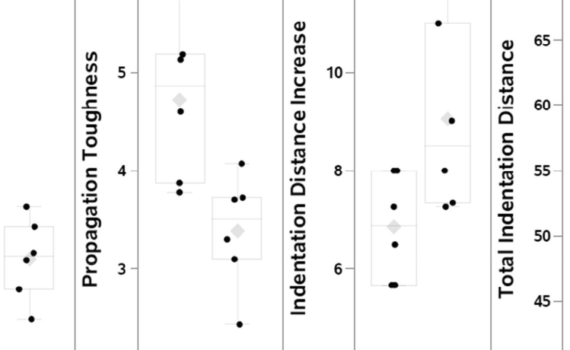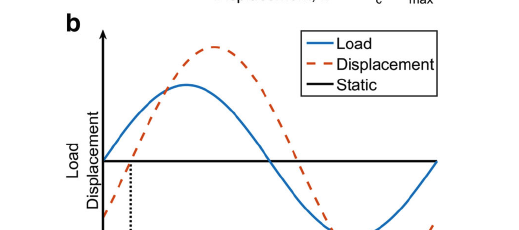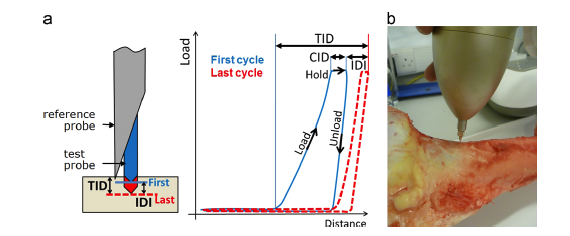Abstract Loading increases bone mass and strength in a site-specific manner; however, possible effects of loading on bone matrix composition have not been evaluated. Site-specific structural and material properties of mouse bone were analyzed on the macro- and micro/molecular scale in the presence and absence of axial loading. The response […]
rpiresearch
Abstract Osteogenesis imperfecta entrains changes at every level in bone tissue, from the disorganization of the collagen molecules and mineral platelets within and between collagen fibrils to the macroarchitecture of the whole skeleton. Investigations using an array of sophisticated instruments at multiple scale levels have now determined many aspects of […]
Abstract Dual-energy X-ray absorptiometry (DXA) is generally a very useful tool for assessing bone mineral density (BMD) and fracture risk. However, observational studies have shown that in certain instances, BMD as measured by DXA systematically over- or underestimates fracture risk. We herein describe the clinical conundrums encountered when assessing fracture […]
Abstract Substantial evidence exists that in addition to the well-known complications of diabetes, increased fracture risk is an important morbidity. This risk is probably due to altered bone properties in diabetes. Circulating biochemical markers of bone turnover have been found to be decreased in type 2 diabetes (T2D) and may […]
Abstract The objective of this study was to elucidate micromechanical properties of Biodentine and two experimental calcium silicate cements (CSCs) using Reference Point Indentation (RPI). Biomechanical characteristics of the cement type and the effects of a radiopacifier, liquid components, acid etching treatment and bioactivation in simulated body fluid (SBF) were […]
Abstract Fractures, particularly at the lower extremities and hip, are a complication of diabetes. In both type 1 (T1D) and type 2 diabetes (T2D), fracture risk is disproportionately worse than that predicted from the measurement of bone mineral density. Although an explanation for this discrepancy is the presence of organic […]
Abstract Tissue-level mechanical properties characterize mechanical behavior independently of microscopic porosity. Specifically, quasi-static nanoindentation provides measurements of modulus (stiffness) and hardness (resistance to yielding) of tissue at the length scale of the lamella, while dynamic nanoindentation assesses time-dependent behavior in the form of storage modulus (stiffness), loss modulus (dampening), and […]
Another diagnostic method recently introduced into the human clinical setting to assess bone quality and fracture risk is reference point indentation (RPI). This novel bone indentation technique has been employed in preliminary studies to assess bone tissue mechanical properties in people, and has been shown to correlate with traditional mechanical […]
Abstract Reference Point Indentation (RPI) is a novel microindentation tool that has emerging clinical potential for the assessment of fracture risk as well as use as a laboratory tool for straight-forward mechanical characterisation of bone. Despite increasing use of the tool, little research is available to advise the set-up of […]
Abstract Reference Point Indentation (RPI) has been proposed as a new clinical tool to aid the diagnosis of Osteoporosis. This study has examined the performance of the tool within entire femurs to improve the understanding of the mechanical properties of bone and also to guide future RPI testing to optimize […]







